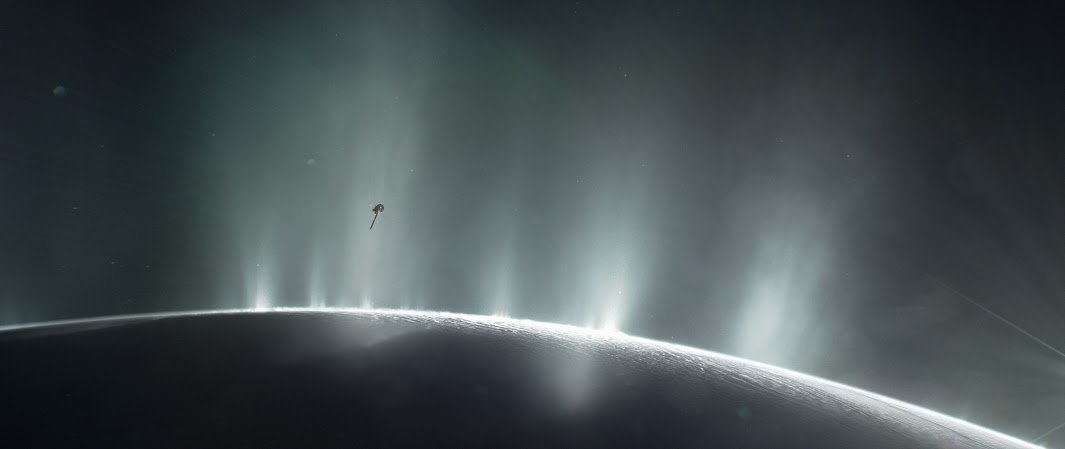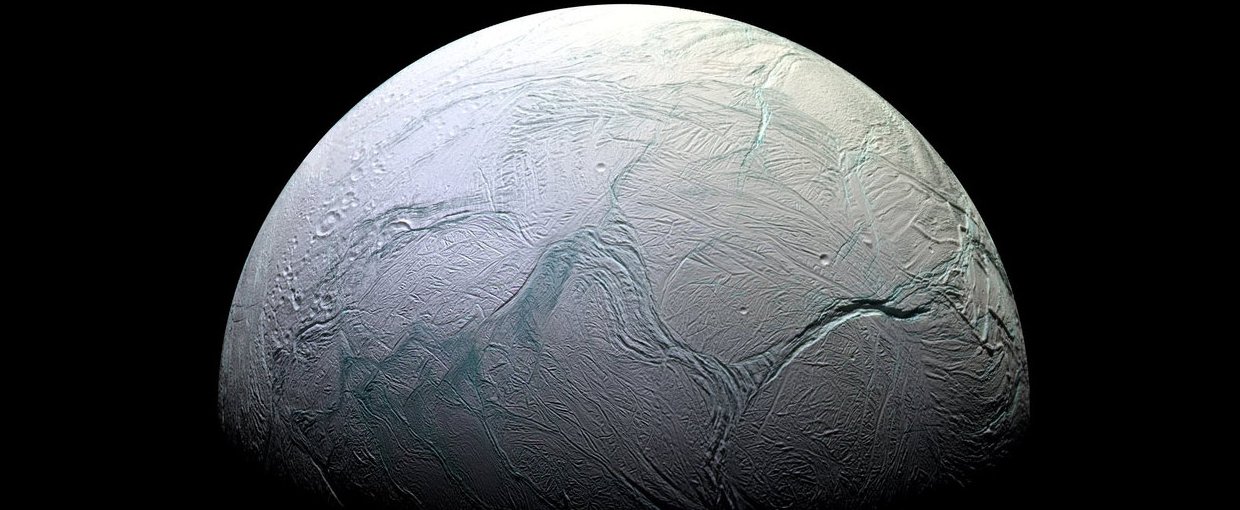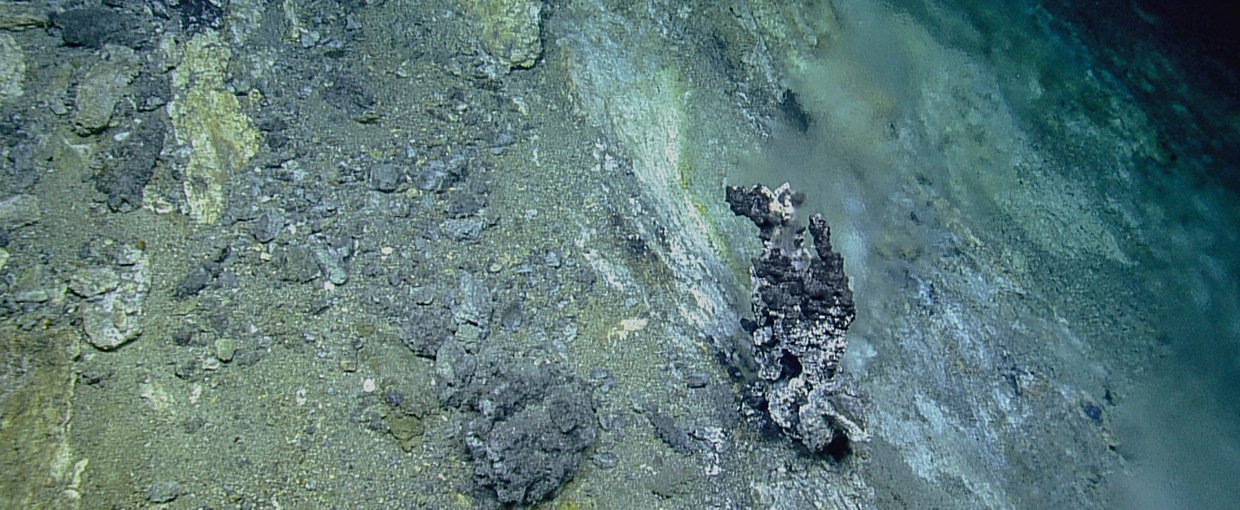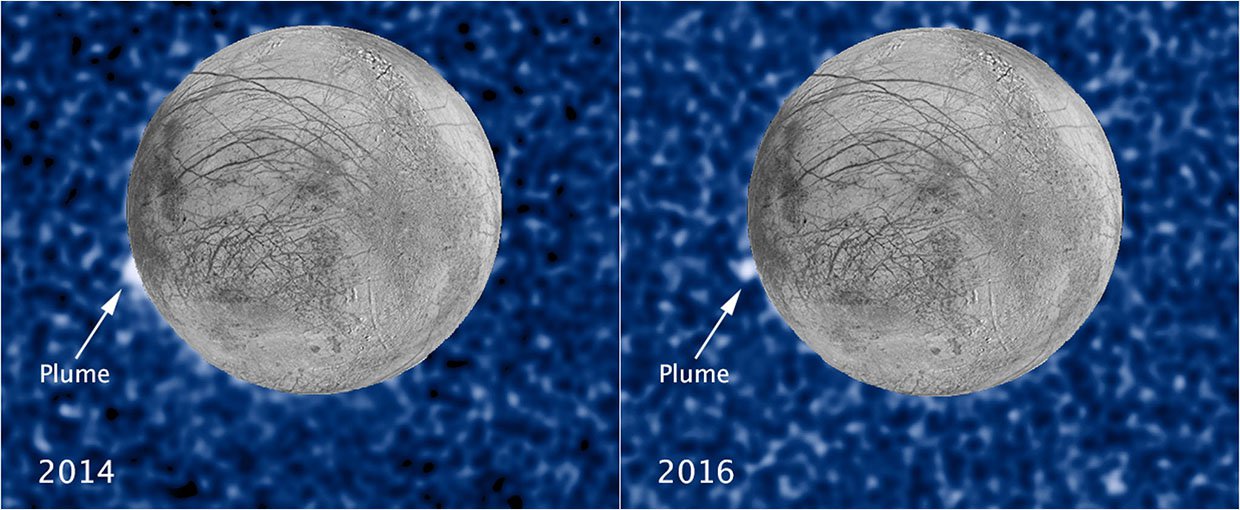
As part of the 2021 Ocean Carbon and Biogeochemistry (OCB) summer science workshop, a special session is being held on Ocean Worlds in the Solar System on June 18, 2021. The purpose of the session is to “open cross-divisional conversations between scientists studying our ocean on Earth and oceans on other parts of the Solar System, and to identify areas of collaboration and mutual interest.”
For more information, visit: https://web.whoi.edu/ocb-workshop/ocb2021-ocean-worlds/
The event is a cross-collaboration between OCB, NASA’s Ocean Biology and Biogeochemistry program within the Earth Science Division, and NASA’s Network for Ocean Worlds (NOW). NOW is a NASA Research Coordination Network (RCN) designed to help groups of investigators communicate and coordinate their research across disciplinary, organizational, divisional, and geographic boundaries. The NOWRCN gathers NASA-funded researchers who work on Earth ocean, oceans on other worlds, and cryospheres. The network includes a wide range of subject-matter experts that represent the many different aspects of ocean world research.

Artist impression of NASA's Cassini spacecraft dives through the plume of Saturn's moon Enceladus in 2015.Image credit: NASA/JPL-Caltech/Space Science Institute.
Uncharted Territory
Areas of the deep sea are some of the few places of the Earth that remain uncharted, and NASA is seeking to gain from the experience of ocean scientists to pursue exploration goals on ocean worlds beyond our own planet. Ocean science on Earth can teach us about physical, biological, and biogeochemical conditions systems relevant to habitability, including the interactions between ice/water and water/rock. Lessons learned from exploration of the Earth’s ocean can also benefit the development of space missions.
The OCB summer workshop session will bring together members of the broader scientific community that have different backgrounds and expertise, providing an opportunity to share information and ideas about science and technology that could be used to study the habitability of ocean worlds in the Solar System, and in the process improve our understanding of Earth’s ocean. With evidence of subsurface water on moons like Enceladus and Europa, and the identification of ancient hydrothermal vents on Mars, the participation of ocean scientists has never been more important to NASA’s exploration efforts.
The OCB summer science workshop is being held throughout the month of June. Specific dates are June 4, 7, 11, 15, 18, 22, and 24. The special session on ocean worlds will be held June 18, 2021, starting at 12:15 pm Eastern. For more information, visit: https://www.us-ocb.org/summer-workshops/

An artist’s impression of what Mars might have looked like with an ocean of water at the surface.Image credit: ESO/M. Kornmesser.
Prepare for the Session
In preparation for the June 18 Ocean Worlds Session, a series of videos from OCB are available and cover the five main areas of discussion:
What do we know about Earth’s ocean, and how that translates to other planetary systems?
Speakers:
Wanying Kang (Massachusetts Inst. Technology)
Jeff Seewald (Woods Hole Oceanographic Inst.)
Biogeochemistry of Ocean Worlds
The physics, the chemistry, the biology
Speakers:
Tori Hoehler (NASA Ames Research Center)
Mike Behrenfeld (Oregon State Univ.)
Analogs
How are we using our Earth as analog for ocean worlds, based on our understanding of Earth’s ocean system processes? How is this advancing our own understanding of Earth?
Speakers:
Jackie Grebmeier (University of Maryland Center for Environmental Science)
Don Blankenship (University of Texas Institute for Geophysics)
Technology
What are we currently using to look at ocean worlds? What have we done on Earth that could translate to other moons? This topic includes space-based and other types of technology.
Speakers:
Anna Michel (Woods Hole Oceanographic Inst.)
Heidi Dierssen (Univ. Connecticut)
Ved Chirayath (NASA Ames Research Center)
Life Detection in Ocean Worlds
How can we detect life signatures in other worlds? What have we learned about life in extreme environments on Earth? How does this help us understand the origin of life on Earth?
Speakers:
Anna Michel (Woods Hole Oceanographic Inst.)
Heidi Dierssen (Univ. Connecticut)
Ved Chirayath (NASA Ames Research Center)
The videos can also be found at: https://web.whoi.edu/ocb-workshop/ocb2021-ocean-worlds/


